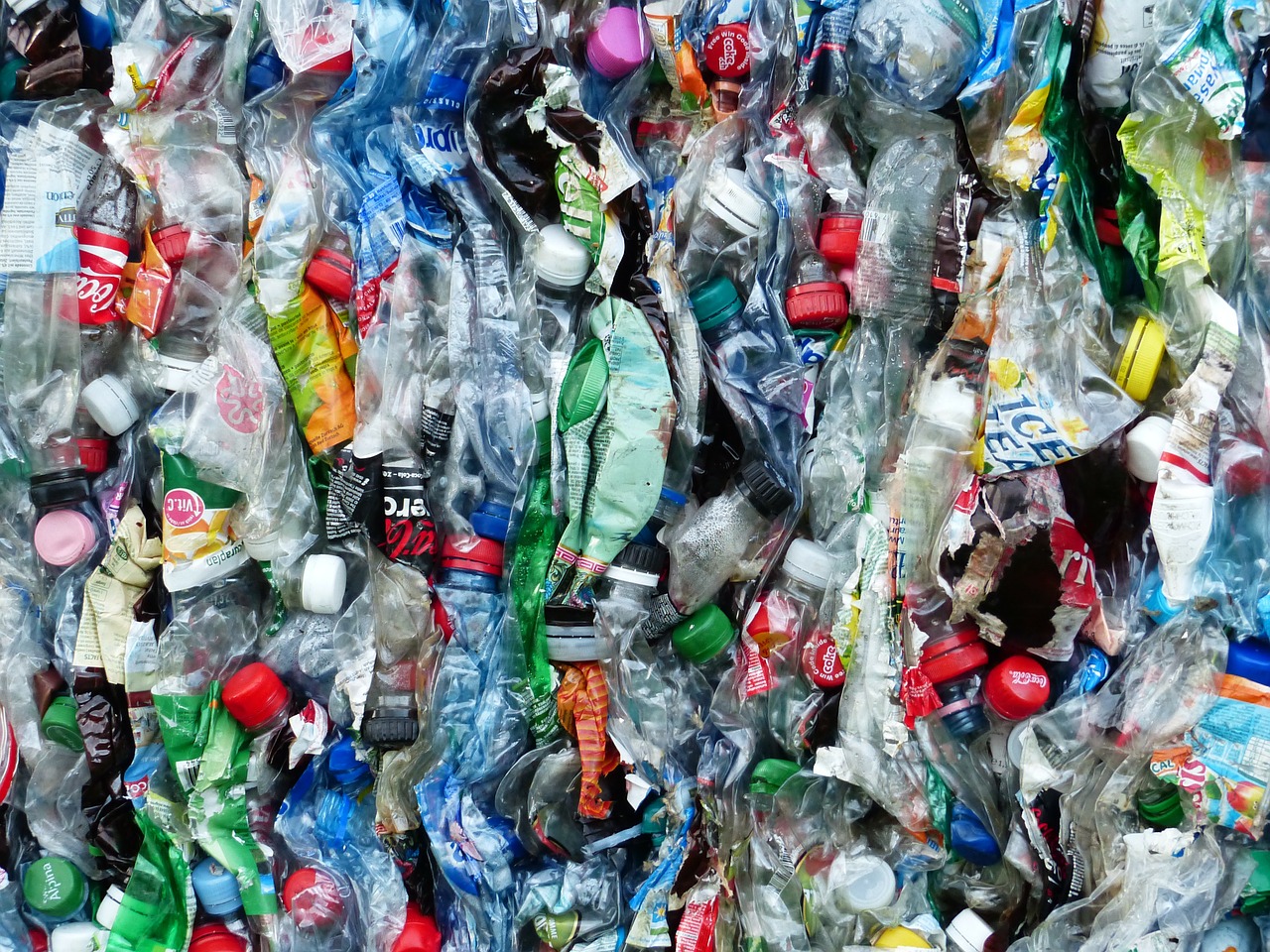United States – Lawrence Berkeley National Laboratory scientists have published a study that demonstrates what can be accomplished if manufacturers began using new recyclable plastic on a broad basis.
Called poly(diketoenamine), or PDK, the material has all the convenient properties of traditional plastics while avoiding the environmental pitfalls, because unlike traditional plastics, PDKs can be recycled indefinitely with no loss in quality. A team led by Corinne Scown, Brett Helms, Jay Keasling, and Kristin Persson at Berkeley Lab introduced the new plastic, that could tackle the waste crisis head on, two years ago.
Now, the team has released a study that shows what can be accomplished if manufacturers began using PDKs on a large scale. The bottom line? PDK-based plastic could quickly become commercially competitive with conventional plastics, and the products will get less expensive and more sustainable as time goes on.
Old in, new out
The study includes a simulation of a 20,000-metric-ton-per-year factory that produces new PDKs and recycles used PDK waste. The scientists assessed the chemical inputs and technologies required, as well as the prices and greenhouse gas emissions, and then compared their findings to the statistics for conventional plastics production.
Cheap and easy
To date, more than 8.3 billion metric tons of plastic material have been produced, and the vast majority of this has ended up in landfills or waste incineration plants. A small proportion of plastics are sent to be recycled “mechanically,” meaning they are melted down and then re-shaped into new products. However, this technique has limited benefit. Plastic resin itself is made of many identical molecules (called monomers) bound together into long chains (called polymers). Yet to give plastic its many textures, colors, and capabilities, additives like pigments, heat stabilizers, and flame retardants are added to the resin. When many plastics are melted down together, the polymers become mixed with a slew of potentially incompatible additives, resulting in a new material with much lower quality than newly produced virgin resin from raw materials. As such, less than 10% of plastic is mechanically recycled more than once, and recycled plastic usually also contains virgin resin to make up for the dip in quality.
PDK plastics sidestep this problem entirely – the resin polymers are engineered to easily break down into individual monomers when mixed with an acid. The monomers can then be separated from any additives and gathered to make new plastics without any loss of quality. The team’s earlier research shows that this “chemical recycling” process is light on energy and carbon dioxide emissions, and it can be repeated indefinitely, creating a completely circular material lifecycle where there is currently a one-way ticket to waste.
Drawing interest
Recycled PDKs are already attracting interest from enterprises in need of plastic due to process modeling optimization. Helms and his colleagues have been conducting market research and interacting with industry representatives since the project’s inception. Their research indicates that the ideal first use for PDKs is in markets where the producer will receive their product back at the end of its life cycle, such as the automobile industry. These businesses will subsequently be able to realize the benefits of using 100 percent recyclable PDKs in their products, such as sustainable branding and long-term savings.
After infiltrating the market for durable products like cars and electronics, the team hopes to expand PDKs into shorter-lived, single-use goods such as packaging.
A full-circle future
The scientists are continuing their techno-economic collaboration on the PDK production process while they develop plans for a commercial launch. Although the cost of recycled PDK is already expected to be competitively low, scientists are working on additional modifications to reduce the cost of virgin PDK so that corporations are not put off by the initial investment price.
And true to form, the scientists are working two steps ahead at the same time. Scown, who is also vice president for Life-cycle, Economics & Agronomy at the Joint BioEnergy Institute (JBEI), and Helms are collaborating with Jay Keasling, a leading synthetic biologist at Berkeley Lab and UC Berkeley and CEO of JBEI, to design a process for producing PDK polymers using microbe-made precursor ingredients. The process currently uses industrial chemicals, but was initially designed with Keasling’s microbes in mind, thanks to a serendipitous cross-disciplinary seminar.
This work was supported by the DOE’s Bioenergy Technologies Office and Berkeley Lab’s Laboratory Directed Research and Development (LDRD) program.




